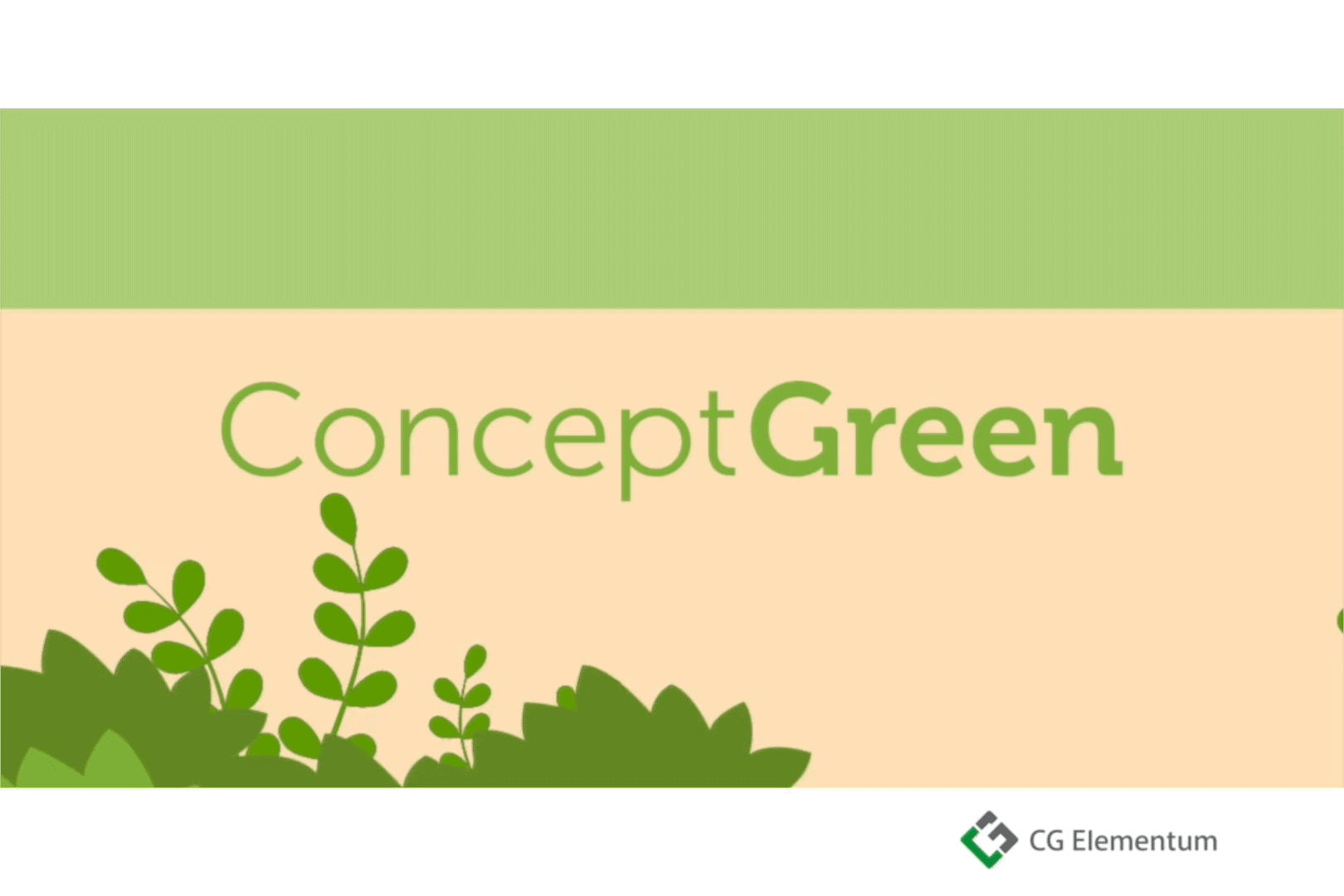ConceptGreen: our measures and processes for CO2 reduction
With an estimated share of 30 percent, real estate is the largest producer of climate-damaging gases in Germany alongside transport. We, the Gröner Group and with it CG Elementum, welcome the climate protection plans of the German government and have set our own goals very high: We want to reduce CO2 emissions in our project developments by more than 80 percent and ultimately achieve a (nearly) climate-neutral energy supply in our neighborhoods.
To reduce CO2, it is essential to take a holistic view of the building sector. Under the umbrella term ConceptGreen, we bring together all the measures and processes that reduce the CO2 emissions
Innovations at all levels
To this end, we drive innovation at all levels of project development, design and construction. One focus of our efforts is our energy design for buildings and their systems engineering with Green Technologies. In addition, we are investing in the serial prefabrication of building components to minimize the quantity of concrete and waste of materials. Our own start-up is also working at full speed to develop programs that use AI algorithms to identify, among other things, potential building typologies for feasibility tests, photovoltaic potential, and key energy figures, and to link functional requirements and environmental conditions in the early planning phase of new buildings with the design principles and concepts of prefabrication of building components.
ConceptGreen overview
Climate-friendly energy solutions:
- Generating green electricity from sun, wind and hydropower at the site itself
- Key technology photovoltaics: integration in roof surfaces and facades
- Electrification of heat generation and avoidance of fossil fuels
- Maximize use of available environmental energies, such as geothermal or groundwater energy, in favor of a climate-friendly heating and cooling supply
- Securing energy supply through sustainable peak load technologies and decarbonizing fossil energies with innovative plant technology
Sustainable materials:
- Use of ecological building materials with low pollutant and greenhouse gas emissions
- Preferential use of natural and recyclable building materials and constructions
Digital planning and control (BIM) in combination with serial prefabrication:
- Digital control and the use of AI algorithms make the construction process faster, more efficient and thus more sustainable and cost-effective
- Prevention of overproduction, incorrect deliveries and waste
- Savings in cement and steel through reduced component thicknesses during serial prefabrication
- Use of recycled concretes during serial prefabrication

